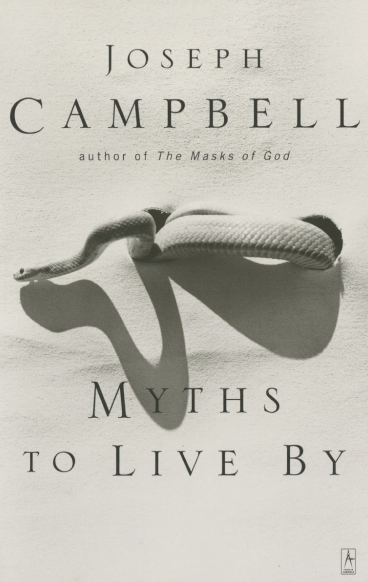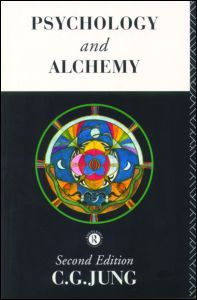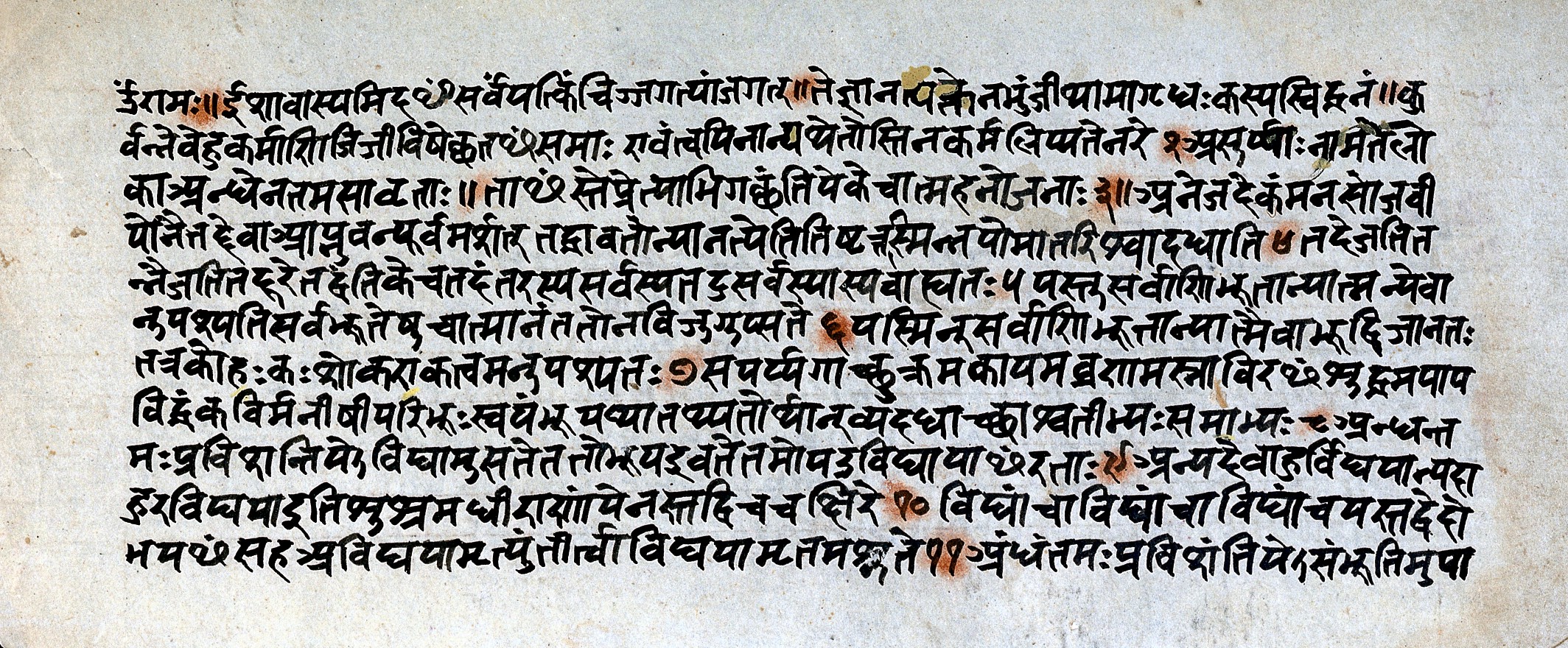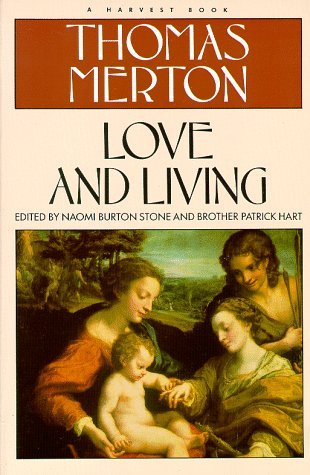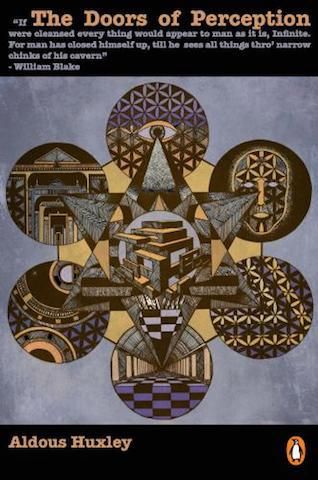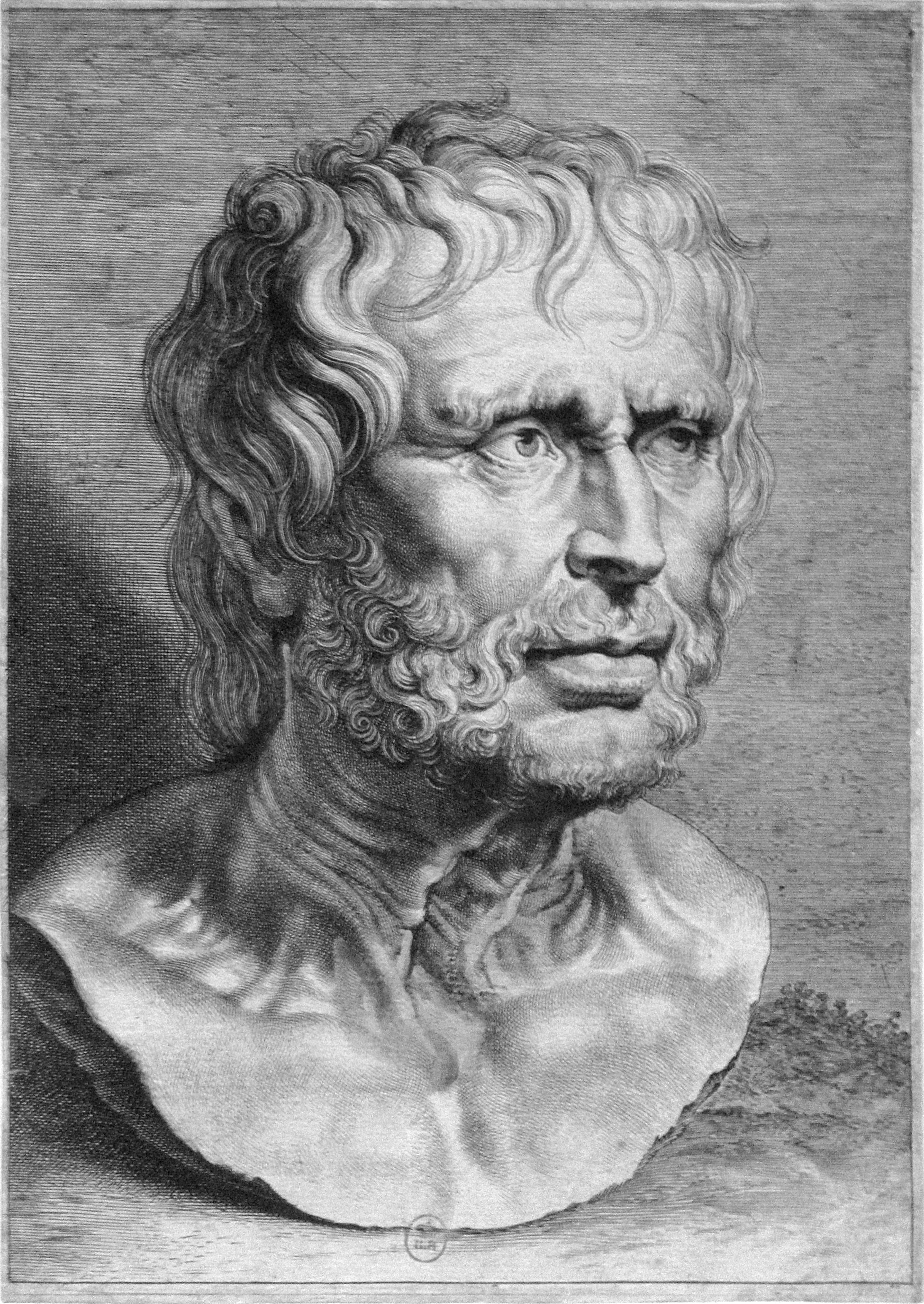 “Ducunt volentem fata, nolentem trahunt” Seneca
“Ducunt volentem fata, nolentem trahunt” Seneca(English: “The Fates lead him who will; him who won’t, they drag.”)
Myths to Live By is a book on the central importance of myths in human life by Joseph Campbell. Campbell is an American professor of literature who focussed on comparative mythology and religion. The book is a collection of his essays that outlines the historical context, parallels of mythical symbolic imagery and stories across various religions and tribes. Towards the end of this book, Campbell outlines the importance of myths in modern life and tries to situate it in the new secular scientific world we find ourselves. He brings his broad erudition and perspective to rise up to this challenge. Following are the main themes that I identified in the book:
Resolving the conflict between science and mythology
One of the first questions addressed is that of the conflict between science and mythology. Science is defined as the continual organization of working hypotheses to fit the field of facts that gets constantly unearthed through human endeavor. Campbell advocates that the operational domain of science and myths are distinct. That science is not to be seen as a replacement for myths as myths contain the most potent facts and archetypical patterns of our inner selves which is to be integrated along with the continual refinement of objective knowledge work of science.
Importance of rites and rituals since the emergence of Mankind
A brief account of different spacetime vantage points in mythical thinking is introduced through myths of ancient tribes, modern fringe tribes, the Orient, and the Occident. Campbell describes how myths have been with humankind since their emergence. An important development here is the paradoxical relationship between life and death enacted through the rituals of initiation in different cultures. As humans moved away from hunter-gathering as the primary mode of sustenance to agriculture, the myths and rituals that accompanied the rise of civilizations had the polar opposite dynamic of life and death as two sides of the same coin. Campbell also gives a structuralist defense of emergent rites and rituals in primitive societies. The importance of form is stressed throughout and the lack of it is portrayed as a serious problem awaiting to derail the West.
Myths of East and West
Campbell identifies cultures of east and west as two matrices and divides it between Levant and Europe and Indian and Far East countries. This is a chapter where I felt there is a lack of nuanced understanding of the second Matrix on Campbell's part. He caricatures the life of an individual in India as one where the people are not given the autonomy they deserve and rather as one where one’s life is to be accepted without questioning the social order of the day.
He dubiously cites the Caturvarnya caste system and Sati as the typical examples like most Western Orientalists do and quotes verbatim Oriental translations that apply modern concepts retrospectively to ancient texts from India. As the chapter progresses, he goes on to detail ways of achieving enlightenment in the Eastern cannon casted in the form of duals between Ji hokai (Multiplicity) vs. Ri hokai (Non-duality) and another between Tariki/Way of Kitten (outside help) vs. Jiriki/Way of Monkey (own effort)
As he shifts his focus to West, he stresses a gradual decline of symbols happening there. The importance of ritual as something that provides an experience that cannot be granted by verbal interpretations is advocated with good emphasis. Campbell proposes a good antidote for those find anguish in the sorrowful and fierce essence of life eating itself cycle that goes around. He records this with good clarity and remarks that the point of being is to dance to the mythical bliss song as a kind of rite of passage.
Mythologies of War and Peace
The dynamic of love as passion and love as compassion is explored. Distinctions between different kinds of love: eros, agape, amor are outlined. I got lost in places where Campbell started quoting medieval poems and nuances of their mythical implications. Think this part is best read once one has acquired a decent context by reading the sources as the author only provides few introductory details on these, unlike the Eastern myths.
Campbell emphasizes the paradoxical importance of taking life in order to give life. He illustrates this by showing how the caretaker of the family in agricultural societies had to pass the initiation rite where one has to kill animals for the sustenance of the tribe. This interplay of life as originating from death and the conception of death as a continuation of life is proposed to be a central archetype embedded in tribal myths. He stresses that traditional structures and societal rituals are formed around this precept to subliminally signal the message to the unconscious.
From ancient Middle East texts, the gradual but terrifying evolution of war mythologies is detailed through to the covenants of Dead Sea. From here, how this mythology of war transmutes to the mythology of peace in the words of Jesus Christ is an interesting observation.
You have heard that it was said, ‘Love your neighbor and hate your enemy.’ But I tell you, love your enemies and pray for those who persecute you, that you may be children of your Father in heaven. He causes his sun to rise on the evil and the good, and sends rain on the righteous and the unrighteous. Mathew 5:43 - 5:45
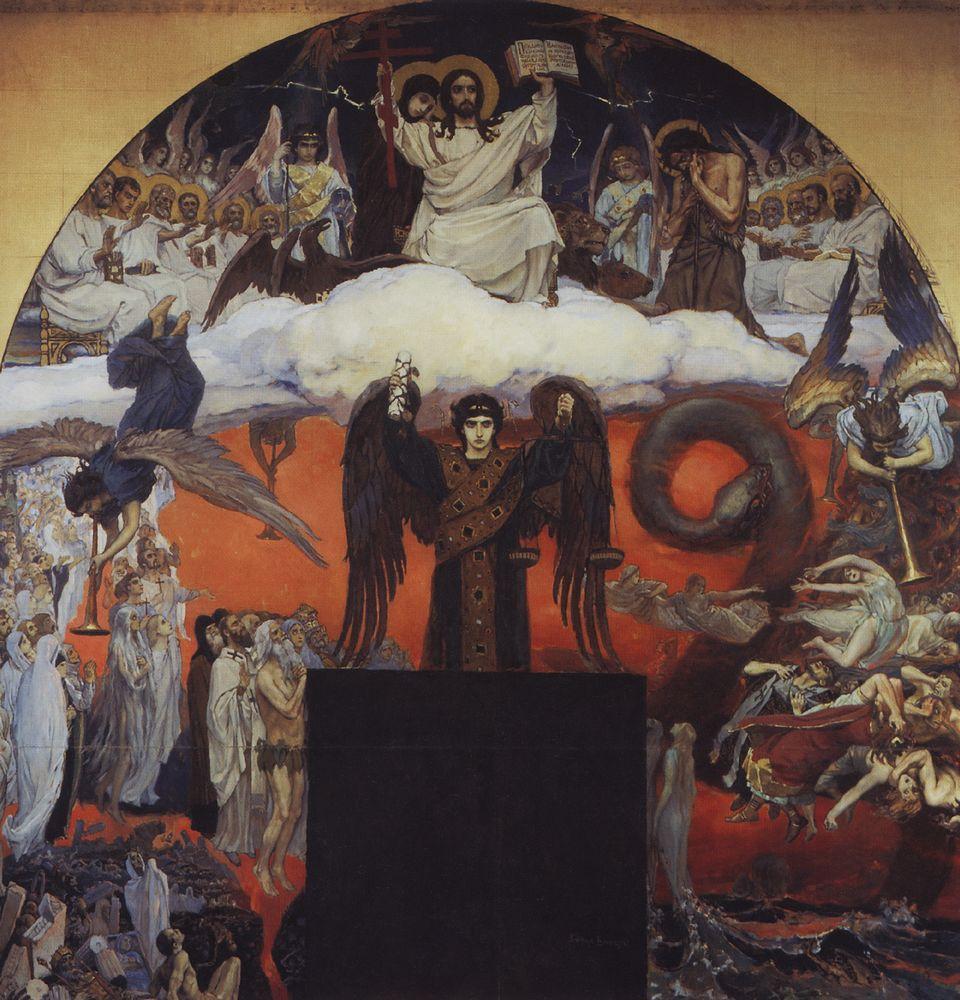
Of interest to note here is how Campbell details the Zoroastrian/Persian mythology of war between Children of Light vs. Children of Darkness as a strong influence on the tribal mythology throughout the ages. He provides evidence for this by outlining the archetype embedded in many mainstream religious eschatologies.
Inside is Outside
Campbell envisions schizophrenia and moon expeditions as two ends of expanding enrichment our psyche. In his conception, both have mythical implication.
He thinks parallels between schizophrenia and mythical language are uncanny: the four stages of splitting, regressing, deep fear of things to come, and a final culminating rapture (or a series of such culminations). Campbell considers the idea of letting a schizophrenic to continue on this journey till he comes back to real life as a valid way of dealing with it rather than intervening in it with a goal to fix it.
With the outward moon expeditions, he thinks of it as ultimately expanding our own inner horizons. I thought the prose wasn’t very convincing in advocating for replacement of mythical images with that of man on the moon as an archetypal imagery for the future of human race.
Perennial Philosophy for the New Frontiers
The dissolution of horizons resulting from technological advancement has lead to a lot of cultures that have never met before to come into collision. Campbell thinks it a considerable sifting task to retain and transfer the wisdom lore that has sustained our species so far to the next generation.
Campbell thinks a philosophy perennis is to be found when looking at our mythological texts as united in pointing to the spiritual inward potentials of our species rather than as literal historical documents. When seen like that the symbolic forms in which our wisdom lore has been couched can be seen as emerging from common roots.
Campbell closes the book by encouraging us to seek peace in a secular society with a vision of humans united with no outsiders but as one large family on spaceship Earth’s “journey to nowhere”.
The book is replete with wide-ranging examples that stand testimony to Campbell’s erudition. But I think it lacks a sort of coherence and perspicacity in renewing the traditional knowledge to meet the demands of the time. Campbell seems to be happy with dismissing religious thought as antiquated and content in finding the archetypes embedded in myths as the alphabet of the human psyche. Religions in his thinking seem to be mere organizing structures that gave us those deep imageries, whose time is long past. I can’t help but think that he’s throwing away the lines and words for the alphabets. I will go on to read his magnum opus Hero with a Thousand Faces up next to get a fuller understanding of his perspective. Meanwhile, I list below some books that I thought were good ones linked within this book.
If you would like to read more book reviews like this from us, sign up to our newsletter!
Further Reading
This is a listing of books from the bibliography of Myths to Live By that looked interesting.

